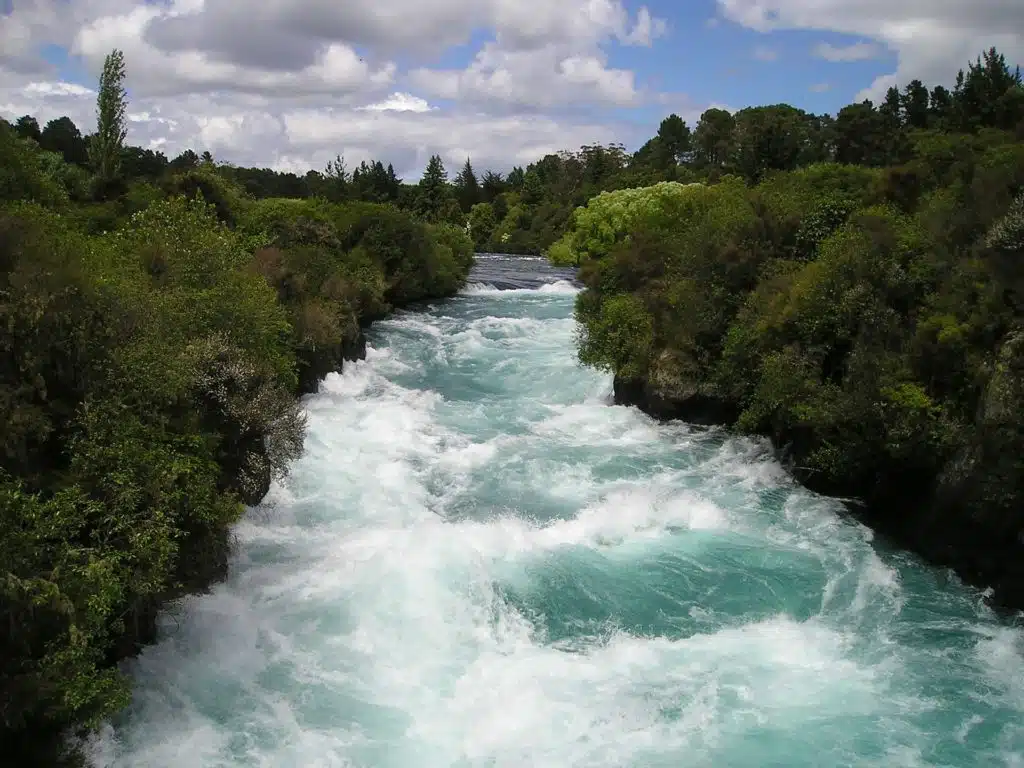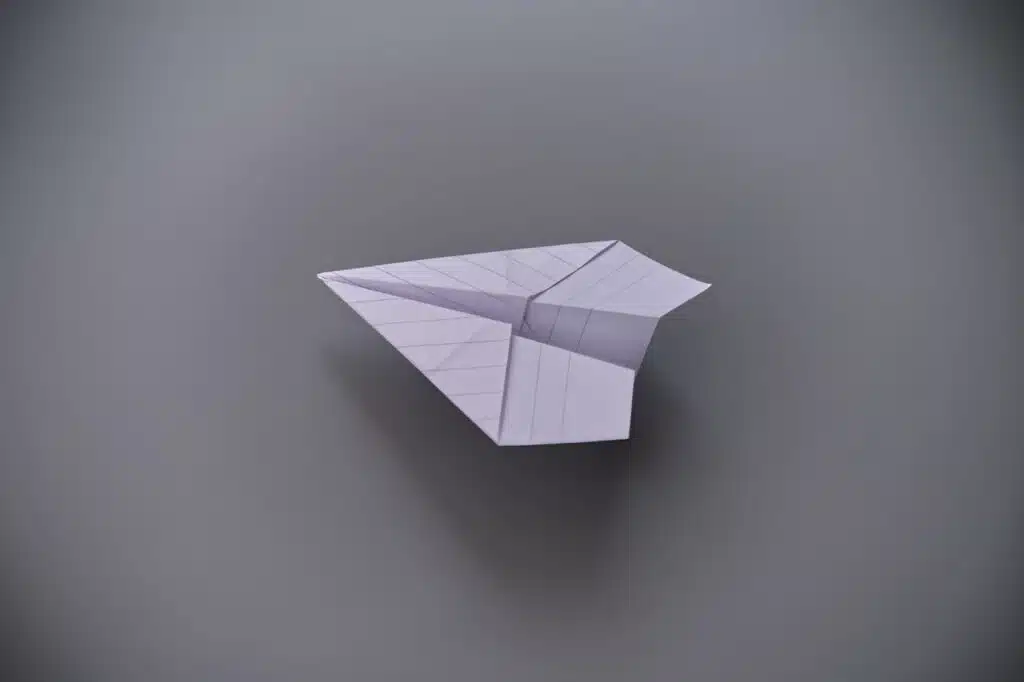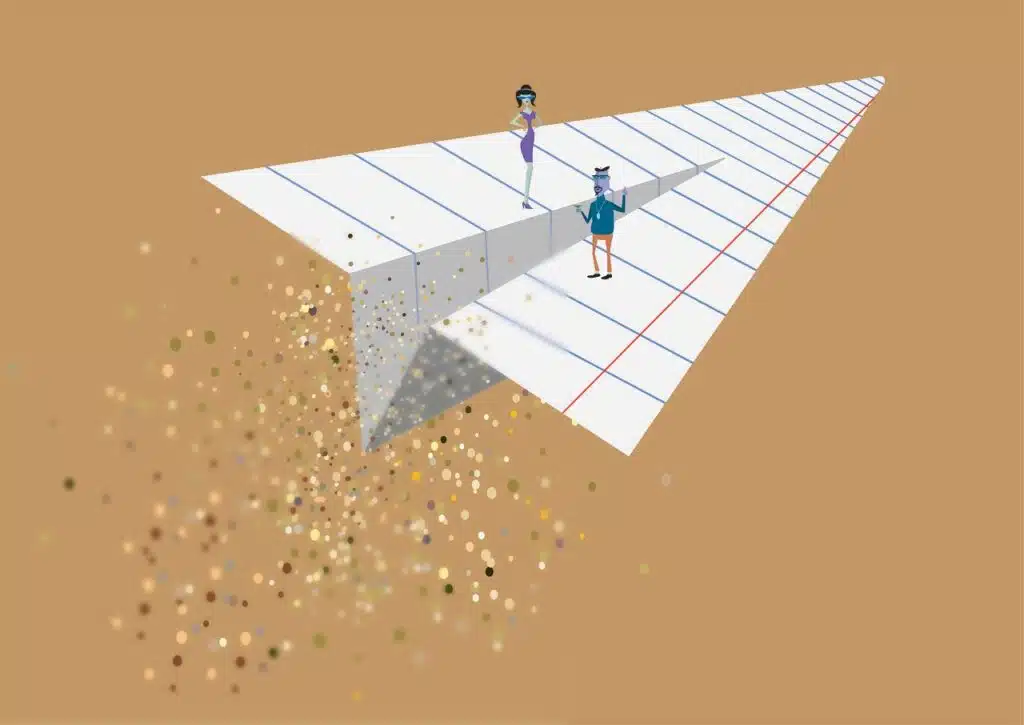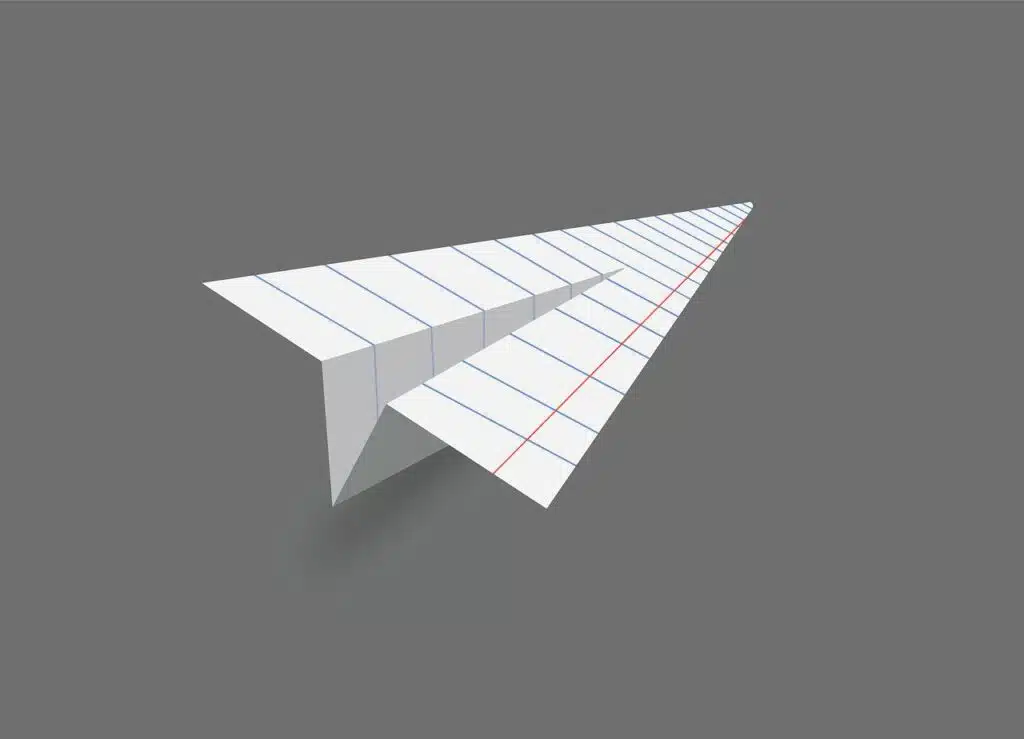- The elevation of peninsular India is higher in comparison of northern plains. The water needs to be pumped from latter to former. This requires huge pumps and power requirements.
- Construction of dams will be needed on proposed links. This will reduce natural flow, create barrier in free migration of species and harm the ecological ecosystem of the river.
- Proposed small hydro dams will become unsustainable due to siltation.
- Development of canals will cause increase salinity and also create waterlogged regions around it as seen in Indira Gandhi canal in Rajasthan.
- The glaciers are shrinking, this raises doubts about the viability of this project.
- The project will involve more than 5 lakhs crore of rupees which is more than 25% of India’s budget, this raises question about the financial viability of the project.
- Development of tanks and developing new irrigation techniques such as drip and sprinkle irrigation along with water harvesting techniques will require low capital investment and land.
- The project could bring prosperity in dry regions as seen in Rajasthan due to Indira Gandhi canal.
- It will control regular floods in Bihar and Assam. DVC is one of the successful multipurpose project and this supports the benefits of Interlinking of Rivers project
The forward approach could be to develop few links which show highly positive impact in terms of improvements with proper Environmental Impact Assessment to access the social and environmental due to such projects and promote alternative methods to augment water resource management in water scarce regions.
Want to Clear IAS Exam in 2025?
Take IASSolution Mock Exams; Be a Master!
Take a FREE Test
Demerits of Rivers Interlinking
- Displacement of people due to ILP which might cause mental trauma, stress in life, loss of culture etc
- Exorbitant amount of project might lead to neglect of other social sectors such as education, agriculture, health etc
- Loss of biodiversity leading to loss of flora and fauna which might hamper food cycle and food web
- Reluctance of states to co operate in the project and denial of sharing of river water due to vote bank politics Ex : the recent dispute between Tamil Nadu and Karnataka is a testimony of this fact.
- Submergence of land might occur.
Also check : IASSolution UPSC Prelims Test Series
The wisdom of extending irrigation facilities to the drier areas, instead of promoting watershed management for increasing food production could be disastrous.










Leave a Reply